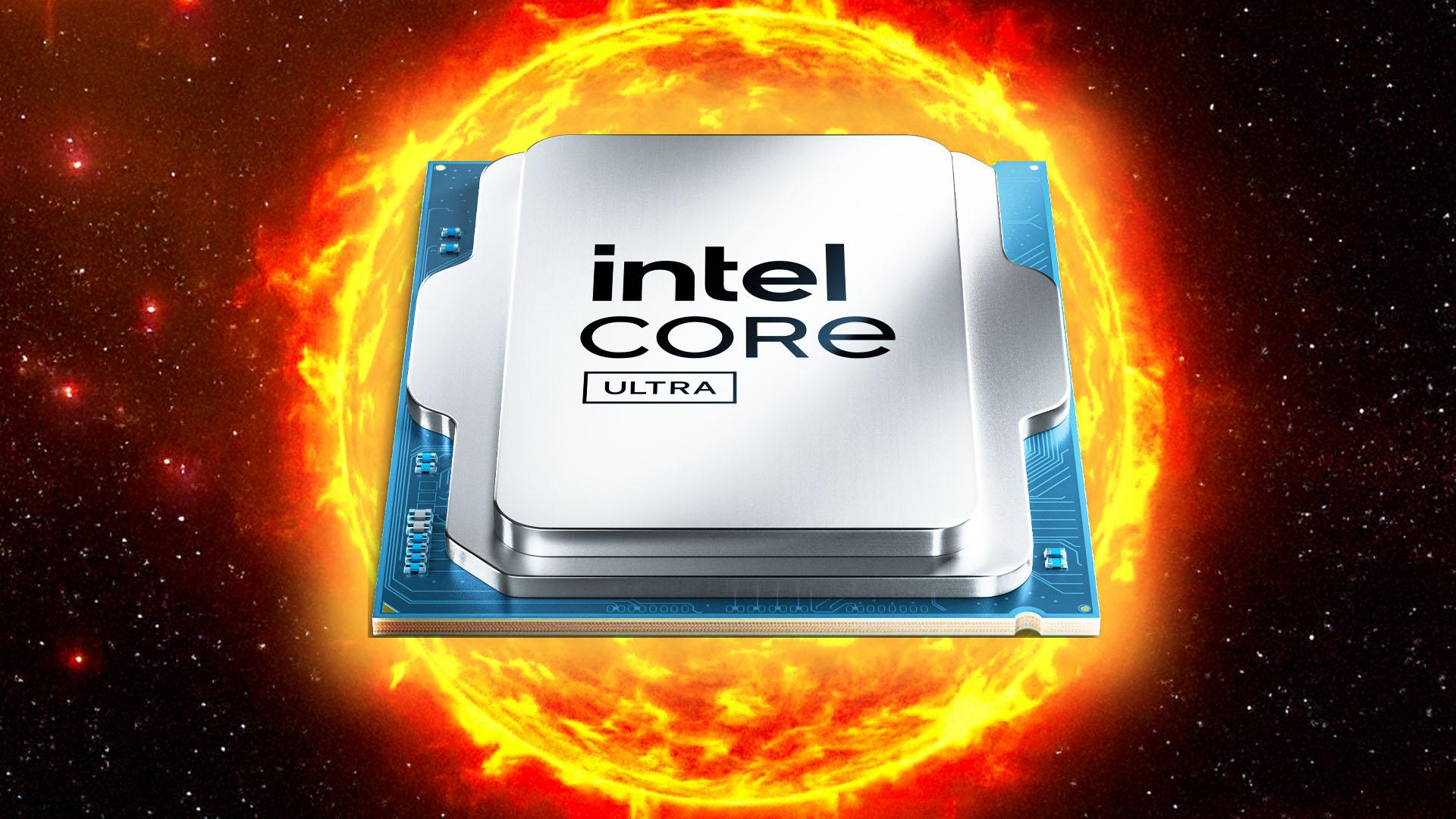
New details have just leaked about a new next-gen Intel CPU that appears to not only square up to AMD's X3D chips, but punch them in the nose for good measure. According to the latest rumor, Intel is working on a 52-core gaming CPU that has a whopping 288MB of L3 cache, three times the amount found in the AMD Ryzen 7 9800X3D.
In our AMD Ryzen 7 9800X3D review, we found that this CPU's huge extra supply of cache made it a formidable gaming chip, to the point where it now tops our best gaming CPU guide, leaving Intel floundering when it comes to frame rates. However, if this latest leak is correct, then Intel is planning an all-out assault on AMD's 3D V-cache tech, with huge amounts of cache potentially available.
This new rumor comes from regular YouTube tech leaker Moore's Law is Dead (MLID), who claims to have been leaked a huge amount of information about Intel's roadmap, including word that the new LGA1954 socket will support four generations of CPUs. Bear in mind that none of this information has come directly from Intel, of course, so take this all with a grain of salt for now.
In the latest MLID video, which you can see below, the channel shares a diagram of what is purported to be the flagship Nova Lake chip, as well as some details of how MLID says the new chip will work. According to the channel, a top-end Nova Lake CPU will contain five tiles, two of which contain the CPU cores and a huge amount of cache.

As you can see in the diagram below, these chips will reportedly contain eight Coyote Cove P-Cores, along with 16 Arctic Wolf E-Cores, all of which can access a huge 144MB of L3 cache. According to MLID, this big last-level cache (bLLC) takes the form of "on-die L3 cache in the middle of the ring bus," rather than being provided in a stack like AMD's 3D V-cache - the massive cache can reportedly also be accessed by both the P-Cores and the E-Cores.
However, MLID says that Intel is working on a way of stacking cache, called eLLC, and while it won't make it into Nova Lake "due to cost concerns… they [Intel] are still planning to stack cache like how AMD does with Titan Lake in the future."

Perhaps more importantly, the chip reportedly doesn't just contain one of these tiles with bLLC, but two. "They aren't going to do like a thing AMD's been doing recently, where they give you one CCD that has extra cache and the other one is a standard one," says MLID. "No, they're giving you both at the top end. And that means they're both going to have 144MB, meaning a total of 288MB of L3 cache."
That doesn't necessarily mean you're going to be using all this cache in games, though. MLID says that games will mainly just use one 26-core tile with one block of cache, which makes sense, seeing as most games don't use more than eight cores, and moving threads to another die with another block of cache that's not linked to the first one will create a whole load of latency too.
That's partly what makes the eight-core Ryzen 7 9800X3D such a solid choice for gaming, with its one block of eight cores and single 3D V-cache chip. If you're thinking about upgrading, check out our guide to the best gaming motherboard, where we take you through all our favorite options for the latest Intel and AMD CPUs.
You can also follow us on Google News for daily PC games news, reviews, and guides. We also have a vibrant community Discord server, where you can chat about this story with members of the team and fellow readers.



